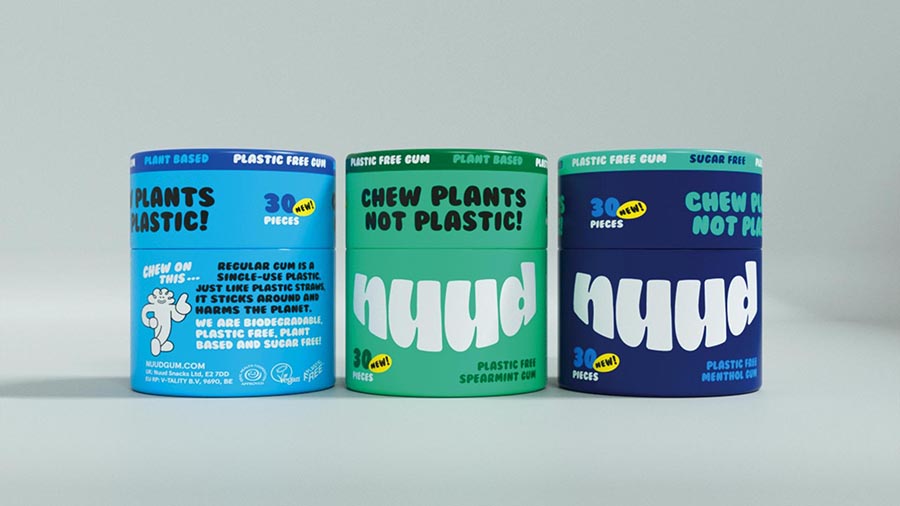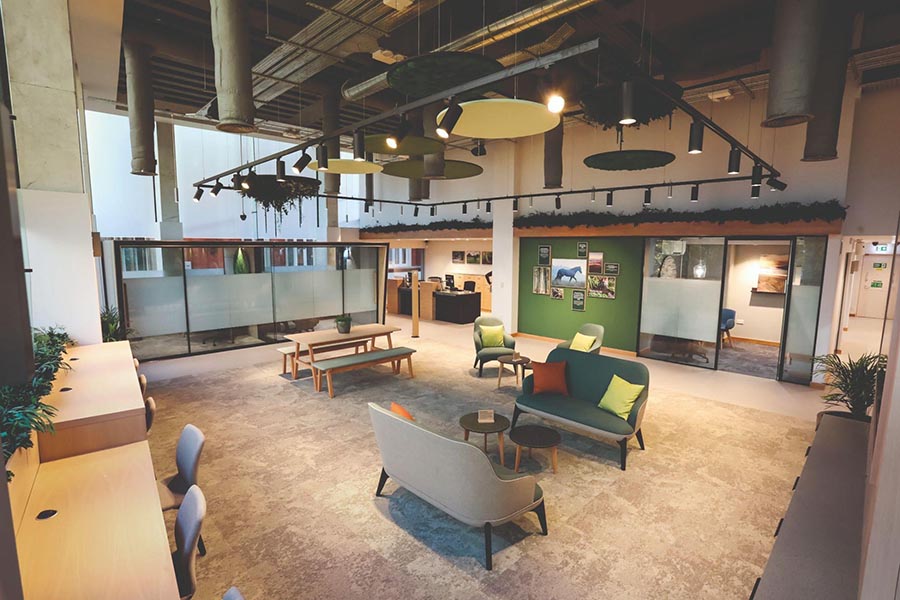DBA Design Effectiveness Awards Chair Clive Grinyer explores the three themes that stood out amongst the 2023 winners, which summarise the maturity and responsiveness of design to the challenges of our times.
I’ve Chaired the DBA Design Effectiveness Awards judging panel for the last five years, and it’s been wonderful to be brought together with so many business leaders to explore the impact of design.
We never tire of discovering new and fascinating stories of design success, expanding our conscious understanding of how design works. This year was no exception, with a wonderfully diverse range of projects receiving awards and demonstrating the power of design to revive, reinvent, innovate and transform.
When you stand back from reviewing the winners, you begin to see patterns and there were three themes that stood out for me this year.
Design responding to change, and building resilience for the future is one of the most consistent patterns across the winners. Guinness NitroSurge, which won gold, is a tremendously innovative solution to the challenge of how to recreate the pub experience of pouring this unique and famous beverage in our own homes during the pandemic. Emulating the iconic pub-pour, the compact product which mounts to the top of a can and replaced a system which previously restricted recyclability, has remained hugely popular now the pubs are open again. Design is not separate to innovation, and here it identified the need and delivered the solution in the right way to achieve continued commercial success and enjoyment for Guinness drinkers.

This year we also saw many examples of the wider application of design through time, before, during and after an interaction with product or brand, and it has been exciting to see the growing diversity of projects that are submitted and win. It’s a welcome reminder that design is a powerful tool which can be applied to a host of problems and opportunities, regardless of your business or mission.
Which brings me to the second pattern in this year’s winners: a sense of purpose. One application of this had such an impact on the judges, we all went out and bought it. Revealing facts we were not aware of and changing our view of the world was a pretty impressive outcome, but this is what happened when we examined the incredible success of Nuud chewing gum, which won a silver award.
Although we are all too aware that chewing gum litters most of our streets, none of us saw it as a single-use plastic. It had never occurred to us that this is an environmental, as well as an unsightly problem. But with a sense of purpose to change our views and provide an environmentally preferable, naturally degrading solution, Nuud put design front and centre in achieving their goals, with impressive results both for their business and the wider-world.

And through the bronze-winning Lloyds Bank branch at 399 Oxford Street, we saw how design can change our experience and perception of interacting with a financial service. Welcoming, engaging, and changing the way staff interact and service their customers, the real purpose of this branch interior was to embed sustainability and communicate the journey that Lloyds are on to a greener future. Both this project and Nuud display how design can communicate a sense of purpose to our customers. Increasingly consumers are searching for authenticity, provenance and a purpose beyond just profit to retain their relationship.

But across all the examples and prize winners is one overarching principle. The understanding that design is a powerful tool to change behaviour.
The Grand Prix winner this year, the High-Risk Pregnancy Referral Tool, is a powerful example of how design can change behaviour for the better. Supporting women in Kenya to inform and educate where there may be risks to their pregnancy in a clear and understandable way, has allowed dramatic increases in referrals to health-care centres and a reduction in the number of complications during pregnancy. This collaboration between Philips and the Red Cross has ensured in some areas 91% of women became aware of pregnancy risks and danger signs.

This inspiring example of the impact of design to communicate new practice and raise awareness of life-threatening risks encapsulates the power of design. This is my final year Chairing the DBA Design Effectiveness Awards, and I am delighted and proud to have been part of this process that uncovers and rewards such amazing examples of design.
The message we must all embrace is the power of design to change behaviour for the better. From food and beverage, financial services and life enhancing healthcare education, design is helping businesses, consumers, citizens and society take positive action, whether that’s achieving an objective, communicating purpose or making us do things differently.
In this time of new threats, but also new ideas and opportunities, progressing without understanding and applying the methods and approaches of design will severely limit our success. Leveraging it can be our superpower. From business big and small, local authorities to the policy makers in government, design is a vital tool to direct our enormous energy and capacity for creativity in the right way. We must ensure we are equipped to design the solutions we need.
It has been a huge privilege to be a part of this marvelous project to bring tangible and inspiring examples of how design can help us thrive, but I hope the biggest impact of all will be our collective ability to change and design a better economic, environmental and equitable future.
DBA Design Effectiveness Awards 2024
The call for entries for the 2024 DBA Design Effectiveness Awards is now underway. The entry deadline is 3 November 2023. Find out more and download an entry pack here.

